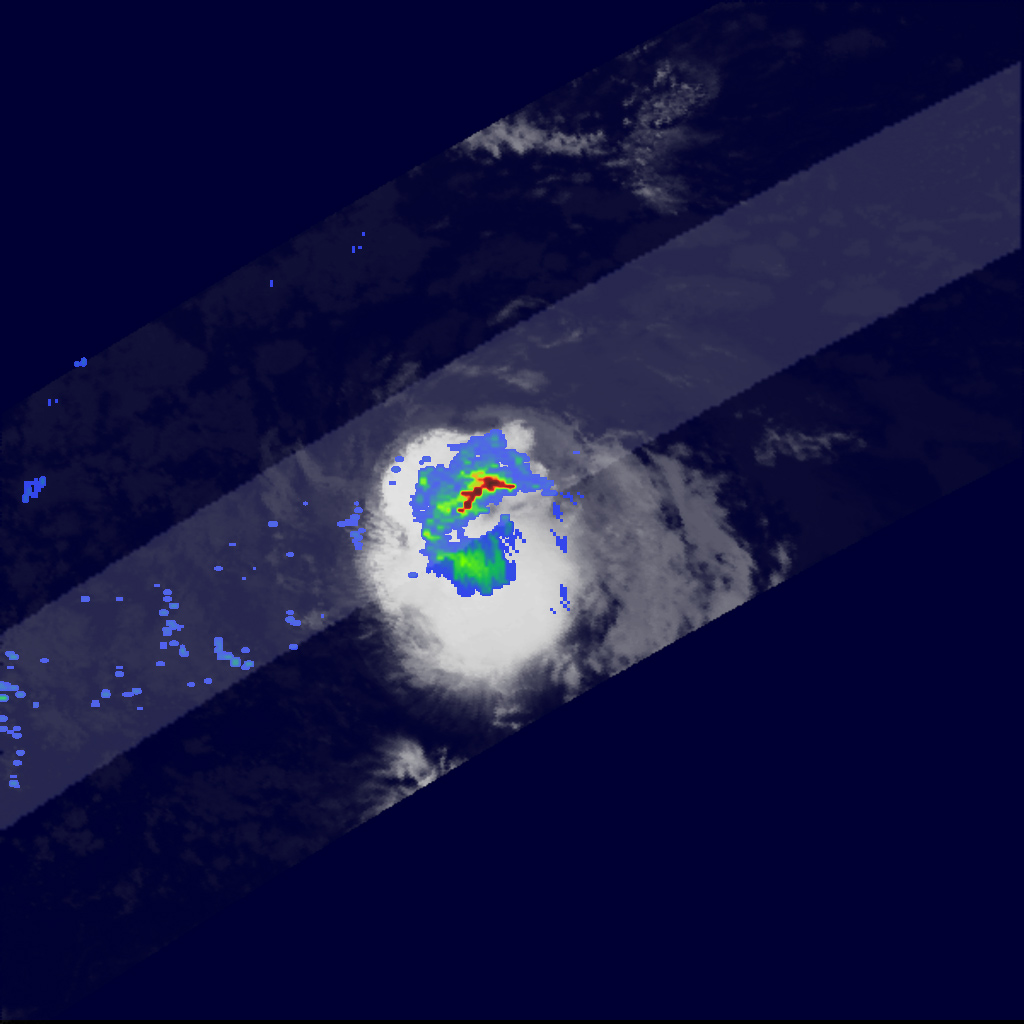Tropical Storm Debby: Tropical Storm Debby Hurricane

Tropical Storm Debby, a significant weather event that impacted various regions in the year 2012, originated from a tropical wave that moved off the coast of Africa on June 18th. This wave gradually developed into a tropical depression on June 21st, located about 1,000 miles east of the Lesser Antilles.
Formation and Development
The formation of Tropical Storm Debby was influenced by a combination of factors, including warm ocean temperatures, low wind shear, and a pre-existing atmospheric disturbance. The warm waters of the Atlantic Ocean provided the necessary energy for the system to develop, while low wind shear allowed the storm to organize and intensify. The pre-existing atmospheric disturbance, likely a tropical wave, provided the initial structure and circulation for the storm to form.
Path of Tropical Storm Debby
Tropical Storm Debby moved westward across the Atlantic Ocean, intensifying as it did so. On June 22nd, the system strengthened into a tropical storm, earning the name “Debby.” The storm continued to move westward, passing just north of the Lesser Antilles on June 23rd. After passing through the Caribbean Sea, Tropical Storm Debby made landfall in Florida on June 25th, bringing heavy rains and strong winds to the state.
Intensification into a Hurricane, Tropical storm debby hurricane
The intensification of Tropical Storm Debby into a hurricane was influenced by several meteorological conditions. As the storm moved over the warm waters of the Gulf of Mexico, it received additional energy, allowing it to intensify. The low wind shear conditions persisted, further aiding the development of the storm. The absence of significant upper-level winds allowed the storm’s central pressure to drop, leading to a strengthening of the storm’s circulation. These favorable conditions ultimately contributed to Tropical Storm Debby’s transformation into a hurricane.
Impact of Hurricane Debby

Hurricane Debby, a tropical storm that made landfall in Florida in June 2012, left a significant impact on the state, causing widespread damage and disruption. Its effects were felt across various regions, ranging from infrastructure damage to power outages and severe flooding.
Infrastructure Damage and Power Outages
Hurricane Debby’s strong winds and heavy rainfall resulted in substantial damage to infrastructure across Florida. Numerous trees were uprooted, causing damage to homes, businesses, and power lines. The storm also led to widespread power outages, affecting hundreds of thousands of residents. For example, in the city of Tampa, over 200,000 homes and businesses were left without power. The extensive power outages hampered recovery efforts and disrupted daily life for many residents.
Flooding and its Impact
One of the most significant impacts of Hurricane Debby was the widespread flooding that occurred across Florida. The storm’s heavy rainfall overwhelmed drainage systems, causing rivers and streams to overflow. Coastal areas experienced storm surge, further exacerbating the flooding. In some areas, floodwaters reached depths of several feet, inundating homes and businesses. The flooding caused extensive damage to property, displaced residents, and disrupted transportation systems.
Impact on Communities and Recovery Efforts
Hurricane Debby’s impact extended beyond infrastructure damage and flooding. The storm had a profound impact on communities across Florida, forcing many residents to evacuate their homes and seek shelter. The storm’s aftermath led to widespread disruption in daily life, affecting schools, businesses, and transportation systems. Recovery efforts were hampered by the extent of the damage and the ongoing threat of flooding.
Comparison with Other Hurricanes
While Hurricane Debby was a significant event, its impact was not as severe as some other hurricanes that have struck Florida. For instance, Hurricane Andrew, which hit Florida in 1992, caused significantly more damage and resulted in far greater economic losses. However, Hurricane Debby’s impact was still substantial, highlighting the vulnerability of Florida to tropical storms and hurricanes.
Tropical storm debby hurricane – Tropical Storm Debby’s heavy rains might have left your furniture feeling damp, but a cozy and protective SureFit Pearson recliner chair cover can help shield your favorite seating from future storms. The cover’s durable fabric and snug fit offer a barrier against spills and wear, keeping your recliner looking its best, even during hurricane season.
Tropical Storm Debby brought heavy rains and flooding to the region, leaving many residents stranded and without power. For those seeking refuge from the storm, a chair with built in table could have provided a convenient and comfortable space to work or relax while waiting out the storm.
As the storm subsided, many residents began the arduous task of cleanup and recovery, and a sturdy chair with a built-in table would have been a valuable asset for organizing and managing the rebuilding process.
